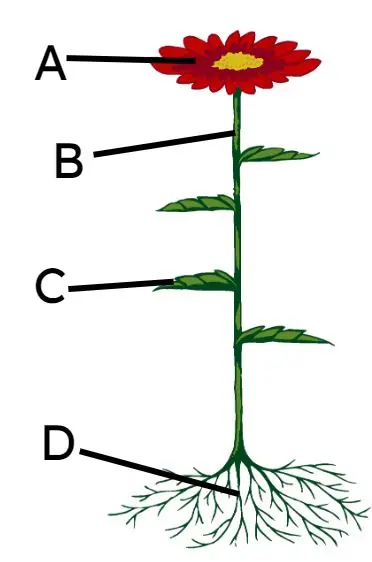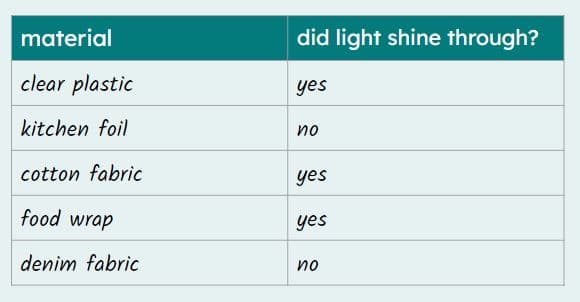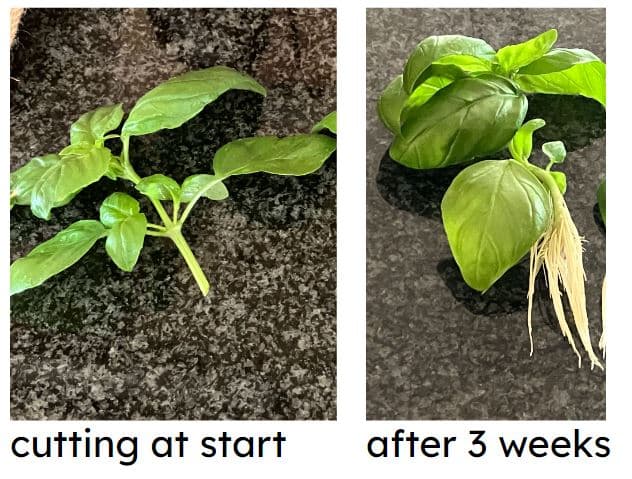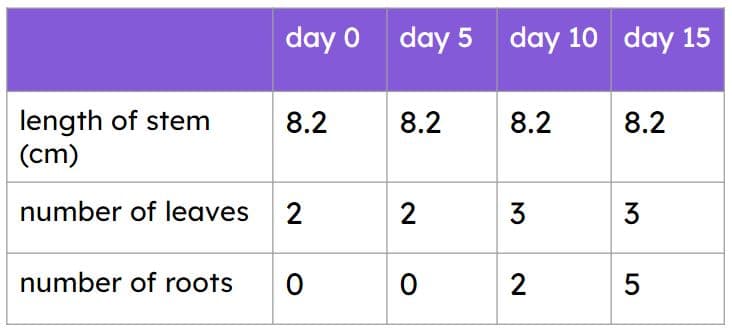Myths about teaching can hold you back
- Year 5
Plant reproduction from cuttings
I can describe the process of plant reproduction from cuttings, based on my own observations.
- Year 5
Plant reproduction from cuttings
I can describe the process of plant reproduction from cuttings, based on my own observations.
These resources will be removed by end of Summer Term 2025.
Switch to our new teaching resources now - designed by teachers and leading subject experts, and tested in classrooms.
These resources were created for remote use during the pandemic and are not designed for classroom teaching.
Lesson details
Key learning points
- Plants reproduce to make new plants, or offspring, in different ways.
- Plants that have been grown from cuttings can be observed changing over time.
- Observations can be recorded in different ways, including annotated photographs, diagrams and tables.
Keywords
Offspring - Living things create offspring when they reproduce.
Reproduce - When living things reproduce they create offspring.
Parent plant - A parent plant is a plant that has reproduced and created offspring.
Observation - We make observations when we look closely at something and use other senses too.
Record - To record information is to keep it so that it can be passed on to others. This can be done in many ways including notes, photos and drawings.
Common misconception
Pupils may think that observations from enquiries should only be in written or numerical form.
Explain that there are many ways to represent the information we gathered during enquiries, including with diagrams, writing or even video recordings.
To help you plan your year 5 science lesson on: Plant reproduction from cuttings, download all teaching resources for free and adapt to suit your pupils' needs...
To help you plan your year 5 science lesson on: Plant reproduction from cuttings, download all teaching resources for free and adapt to suit your pupils' needs.
The starter quiz will activate and check your pupils' prior knowledge, with versions available both with and without answers in PDF format.
We use learning cycles to break down learning into key concepts or ideas linked to the learning outcome. Each learning cycle features explanations with checks for understanding and practice tasks with feedback. All of this is found in our slide decks, ready for you to download and edit. The practice tasks are also available as printable worksheets and some lessons have additional materials with extra material you might need for teaching the lesson.
The assessment exit quiz will test your pupils' understanding of the key learning points.
Our video is a tool for planning, showing how other teachers might teach the lesson, offering helpful tips, modelled explanations and inspiration for your own delivery in the classroom. Plus, you can set it as homework or revision for pupils and keep their learning on track by sharing an online pupil version of this lesson.
Explore more key stage 2 science lessons from the Reproduction and life cycles: plants unit, dive into the full primary science curriculum, or learn more about lesson planning.

Equipment
pupils' cuttings from previous lesson (optional, but suggested)
Content guidance
- Exploration of objects
Supervision
Adult supervision recommended
Licence
Prior knowledge starter quiz
6 Questions
Q1.Match the part of the plant to its name.

flower
stem
leaf
roots
Q2.Andeep has recorded some information below. What has he created?

Q3.Which part of a plant anchors it in the soil and absorbs water and nutrients?
Q4.Plants can create offspring in different ways. What are offspring?
Q5.What do we call a plant that has reproduced and created offspring?
Q6.What do we do when we record information?
Assessment exit quiz
6 Questions
Q1.Aisha has taken a cutting from a basil plant and taken photos at the start and after three weeks.
How has her cutting changed?

Q2.Plants to make new plants, or offspring, in different ways.
Q3.We can find out more about how plants grow from cuttings by …
Q4.Which of these would not be a good way to record how a plant has grown over time from a cutting?
Q5.Sofia has taken a cutting from a mint plant and recorded her observations over time in a table.
Which statement about her cutting is incorrect?



